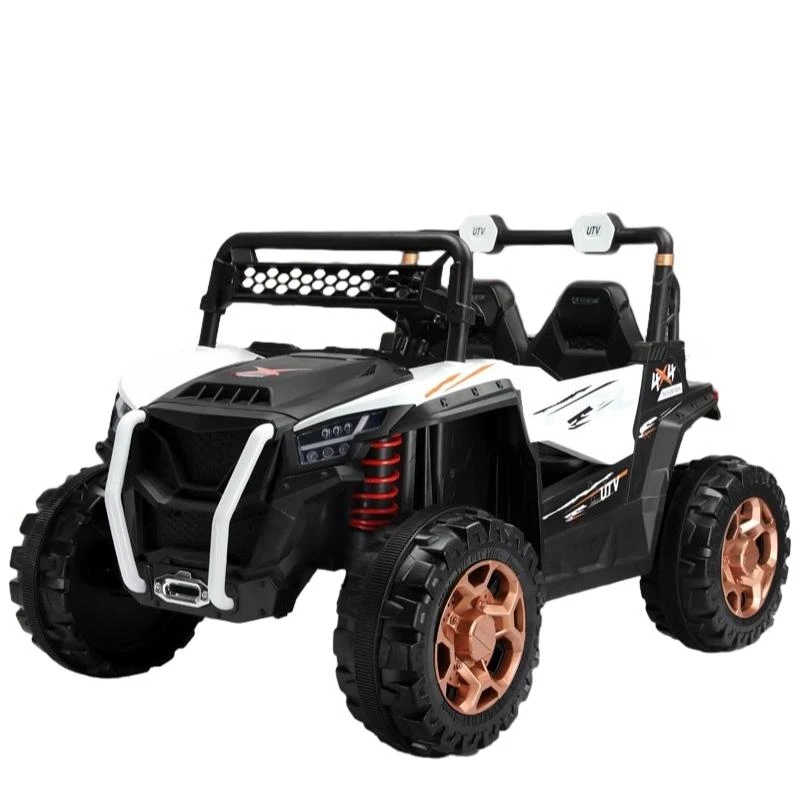Understanding the Key Differences Between Scooters and Motorcycles for New Riders
What's the Difference Between a Scooter and a Motorcycle?
When it comes to two-wheeled vehicles, many people often confuse scooters and motorcycles. While both are popular modes of transportation, they have distinct characteristics that cater to different riding preferences and needs. Understanding the differences between the two can help potential riders make informed decisions about which type of vehicle is right for them.
Engine Size and Power
One of the most significant differences between scooters and motorcycles lies in their engine size and power. Scooters typically have smaller engines, ranging from around 50cc to 250cc. Their design focuses on convenience and fuel efficiency, making them ideal for short city commutes. Conversely, motorcycles generally feature larger engines starts from 125cc and can go up to over 1,000cc. This increased power allows for higher speeds, making motorcycles more suitable for longer journeys and highway driving.
Design and Structure
Scooters are usually characterized by their step-through frames, which allow riders to easily mount and dismount. They often have a platform where riders can place their feet instead of requiring them to straddle the bike like a motorcycle. This makes scooters very user-friendly, especially for novice riders. Scooters also tend to have a more compact design, which is perfect for navigating through congested urban areas.
Motorcycles, on the other hand, feature a more traditional design with a seat that requires straddling. They typically have a larger frame, which contributes to their stability at higher speeds. Motorcycles also boast larger wheels and more robust suspension systems, enhancing their performance on various terrains.
what's the difference between scooter and motorcycle

Speed and Performance
In terms of speed, motorcycles typically outperform scooters due to their larger engines and more powerful builds. Riders can expect to achieve higher top speeds with motorcycles, making them more suitable for highway driving. Conversely, scooters are designed for lower speeds, generally capped at around 60-70 mph. They are perfect for urban commuting, where speed isn’t as critical as maneuverability.
Licensing and Regulations
Licensing requirements also differ between scooters and motorcycles. In many regions, scooters with smaller engine capacities may require a less stringent license or even no special motorcycle endorsement, making them accessible to a broader range of riders. However, larger scooters and all motorcycles usually require a motorcycle license, which involves additional training and testing.
Storage and Practicality
Scooters often come with built-in storage compartments under the seat, making them highly practical for running errands or carrying small items. Motorcycles typically lack this feature, though optional saddlebags or storage solutions can be added. Therefore, if carrying groceries or daily essentials is a priority, a scooter might be the better choice.
In summary, scooters and motorcycles serve different purposes and come with various features that cater to diverse riding styles. Whether you're looking for a convenient urban commuter or a powerful machine for long rides, understanding these differences can lead you to the right choice for your individual needs.
-
Understanding Voltage in Battery for Children's Motorized CarNewsJun.05,2025
-
Safety Features to Look for in an Electric Car for KidsNewsJun.05,2025
-
How to Teach Your Child to Ride a Kids MotorcycleNewsJun.05,2025
-
How to Prevent Falls on a Balanced ScooterNewsJun.05,2025
-
How to Maintain Your 3 Wheeled Scooter for LongevityNewsJun.05,2025
-
Best Motorcycle Scooters for Urban CommutingNewsJun.05,2025
